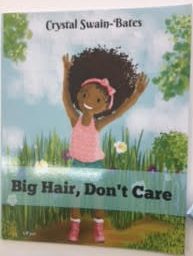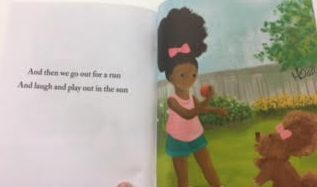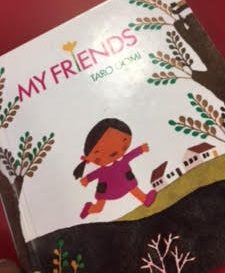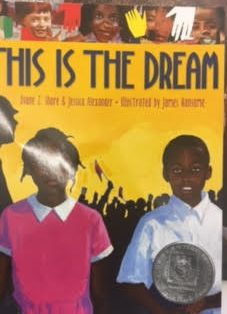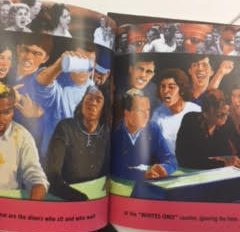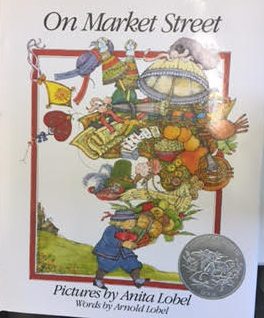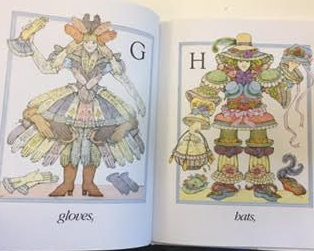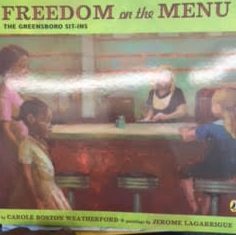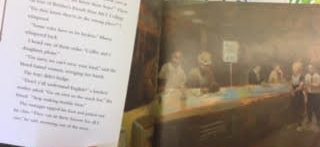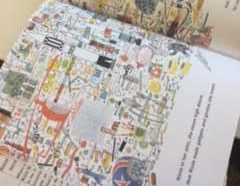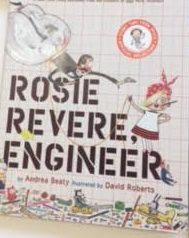Author: Daniel Beaty
Illustrator: Bryan Collier
Published: Little, Brown and Company 2013
Pages: 40
Tags: Award Books, Culture, Diversity, Family, Realistic Fiction, Fiction, Father, Emotion, 2-3, 4-5, Jamal Jackson,
Genre: Realistic Fiction
Analysis:
The story follows a young African American boy who plays a “knock knock” game with his father every morning. One day the knocks stop coming and the boy is left sad and wondering where his father is. In an attempt to contact him, the boy writes a letter to his father only to find that a response mysteriously appeared. In the response the boy is encouraged to be strong and learn to live without his father.
In analysis of this text, the first topic to discuss is the framework of the book as a window, mirror and door. Although the story is about a child who lost his father to incarceration, the story does not explicitly say this giving it the power to shed light on the life of a fatherless child, regardless of cause. This can create a window for someone on the outside trying to gain a perspective on how it might be to grow up without a father. The story mainly serves as a mirror and door combination however. The book delivers a message of love and encouragement in the place of the father. For a fatherless child that sees himself reflected in the boy, the love that the book provides acts as a door for the possibilities that a child has at maturing and becoming an adult without their father.
The illustrations in the book come in two forms, ones that are not framed and close up and ones that are framed. The pictures that run off the page are inviting and warm; these illustrations also happen at times in the text where the boy is excited about and enjoying life. The ones that have frames are when the boy is reflecting on his father’s absence and when he is reading the letter his father wrote. This could be a parallel of how the boy feels about his father at the time. He is full of love when thinking about his father at first, but near the end his father becomes a distant memory. Once the boy reads the letter about how to love himself and become a man without him, the pictures are full page and inviting again. This reflects the love being back even though it came in the form of a letter.
There are also picture book codes that are present. When the boy is writing to and reading the letter from his father he appears more times on the page than usual. The code of diminishing return suggests that it reflects the character losing control. This shows how he is no longer in control of his emotions about his father. When reading the reply it is a foreshadowing of how he is about to regain the love he was missing and not be in control of it. The code of colors also applies. The character and background is bright until the boy starts to forget his dad. Afterwards the colors take on a darker hue until the response letter arrives.




